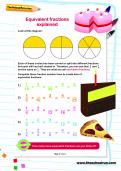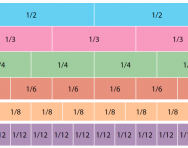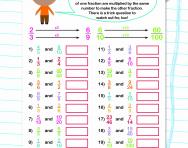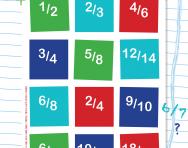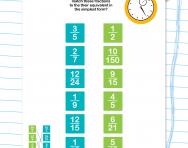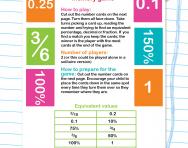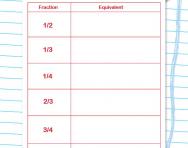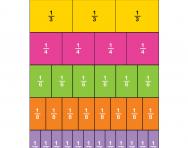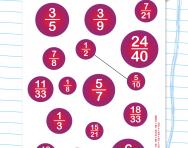Equivalent fractions explained
What are equivalent fractions?
An equivalent fraction is like having different-sized slices of a pizza, but that still represent the same amount of pizza.
For example, if you have 2 slices out of 8, it's the same as having 1 slice out of 4.
Even though the sizes of the slices are different, they both represent the same part of the whole pizza.
So, the fractions 2/8 and 1/4, are equivalent because they represent the same amount.
Why is it important to learn about equivalent fractions?
Understanding equivalent fractions helps us work with fractions more flexibly and confidently in various mathematical and real-world contexts.
They help us understand fractions better by showing that there can be different ways to represent the same amount. This deepens our understanding of how fractions work.
Understanding equivalent fractions can help in real-life situations like cooking, dividing things equally, or understanding proportions in everyday tasks.
What are some examples of equivalent fractions?
1/2 is equivalent to
2/4
3/6
4/8
and so on.
They all represent half of a whole.
2/3 is equivalent to
4/6
6/9
8/12
and so on.
They all represent two-thirds of a whole.
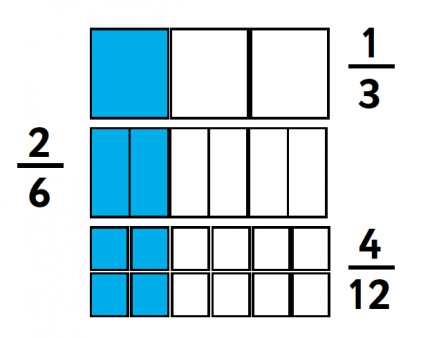
How will this equivalent fractions worksheet help your child?
This equivalent fractions worksheet was created by an experienced teacher with the purposes of providing your child with an excellent opportunity to learn about equivalent fractions, with a clear explanation and example, and practise what they know with the questions provided. It's visual and fun, helping to embed their learning at home and build their confidence.
Try our other worksheets, such as Calculating equivalent fractions, for more practise, or check out our Fractions hub to discover everything you need to know about fractions.
